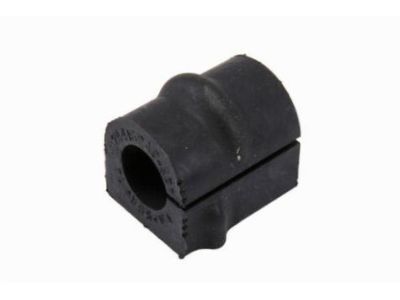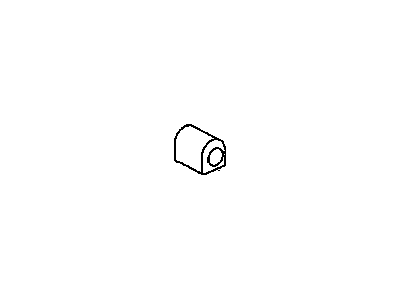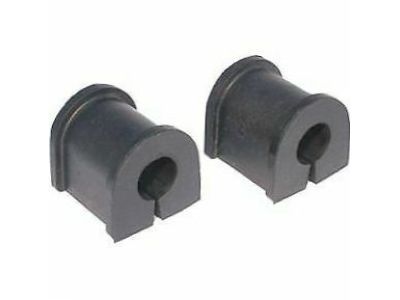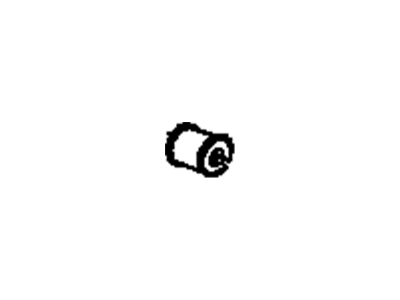
My Garage
My Account
Cart
Genuine Saturn LS1 Sway Bar Bushing
Stabilizer Sway Bar Bushing- Select Vehicle by Model
- Select Vehicle by VIN
Select Vehicle by Model
orMake
Model
Year
Select Vehicle by VIN
For the most accurate results, select vehicle by your VIN (Vehicle Identification Number).
2 Sway Bar Bushings found
Saturn LS1 Sway Bar Bushing
Sway Bar Bushing is so important to Saturn LS1 vehicles because this component helps fixed the sway bar in its appropriate place to help the vehicle maintains stability and have a good handling. These bushing are designed to flex when the sway bar does, and when these bushings wears out, the sway bar becomes lose which compromises both the safety and the performance of the car. Since there are numerous LS1 models in circulation Which Sway Bar Bushing is appropriate for my car may have a different design and performance than another car's Sway Bar Bushing. The Sway Bar Bushing also sometimes requires replacement for a fresh one as a worn out Sway Bar Bushing is not efficient two provide the smooth operation and control that is required for safe driving while on the road.
Each OEM Saturn LS1 Sway Bar Bushing we offer is competitively priced and comes with the assurance of the manufacturer's warranty for the part. Furthermore, we guarantee the speedy delivery of your orders right to your doorstep. Our hassle-free return policy is also in place for your peace of mind.
Saturn LS1 Sway Bar Bushing Parts Questions & Experts Answers
- Q: How to remove and install rear Sway Bar Bushing, Sway Bar Kit and Sway Bar Link on Saturn LS1?A:Loosen the rear wheel lug nuts. Check the front wheels to keep the vehicle from rolling, then raise the rear of the vehicle and support it securely on jackstands. Remove the rear wheels. Remove the hangers for the exhaust system, and the fuel tank heat shield by removing the fasteners securing it. Detach the left and right side sway bar link-to-trailing arm bolts. Unbolt the sway bar bushing clamp fasteners from the rear suspension crossmember, then remove the Sway Bar Kit. Pull the brackets off the Sway Bar Kit and inspect the bushings for cracks, hardness and other signs of deterioration. If the bushings are damaged, replace them. Installation is the reverse of removal, noting the following points: Lubricate the inside and outside of the new bushings with vegetable oil to simplify reassembly. Don't use petroleum or mineral-based lubricants or brake fluid-they will lead to deterioration of the bushings. These bushings are split so that you can install them without having to slide them onto the ends of the Sway Bar Kit. Install the bushings with the slit in each bushing facing towards the rear of the vehicle. Install the link bolts, insulators and nuts, tightening the bolts to the specific torque. Install the wheel and lug nuts, lower the vehicle and tighten the lug nuts to the specific torque.








